Our trip into northern Portugal took us to the very top of the country, to a region that has the Spanish border both to the north (which follows the Minho River) and to the east (marked by the Peneda-Geres National Park). To the west is the Atlantic ocean while the Lima River forms this region’s southern border. Through the middle flows the Vez River from the north until it empties into the Lima River.

We rented a home in the very small village of Ermelo, close to the slightly larger village of Soajo, a few kilometers from the Spanish border. The home is an old medieval granite house, hundreds of years old and recently renovated, with an addition added, built into the hillside with two bedrooms, a large terrace and an upper pool/deck, all overlooking the Ermelo, its monastery and church and the Lima River.

The terrain here is mostly flat in the west near the ocean, but builds up into rolling hills as you travel east, pocketed with small villages, vineyards and cornfields, then the hills rise up into mountains as you reach the Spanish border in the far east. Roads tend to be narrow, windy, country roads that take you through very picturesque scenery as you follow the rivers, meander through valleys and climb up into its hills and mountains. The hills, even in the middle of summer, are lush green (as you can see above), mixed with vineyards and fields of corn, while the mountains are of granite and mostly bare except for the occasional pine forest.

We came to explore, but also to enjoy biking and boarding. There are numerous bike trails (Ecovias), most that follow the rivers Lima, Vez and Minho. For boarding, Lima and Minho offer great opportunities to enjoy their slow-flowing waters. They are dammed regularly, so in some respects parts of the rivers are more like lakes than rivers – you hardly notice the current and often, especially in the mornings and early evenings, they are so flat they clearly reflect the shore and sky lines.
This is an old part of Portugal. It seems the farther north you go in Portugal, the richer the history becomes. Many of the villages have been around since medieval times with numerous homes constructed back then still standing, built out of granite. Granite is very common, used not just to build homes, but for nearly everything. The roads, fences, posts that hold up the grape vines – all out of granite. The village we stayed in, Ermelo, is a good example of that with nearly all the homes made of granite, although many now have been abandoned. Soajo is an even better example of a village built from granite.
Ermelo lies next to the shore of the Lima River, and it has seen better days. Perhaps half of the homes are deserted as families have left for the larger cities, or immigrated to other countries. Many went to France and some have returned to the old family home to live, with the children visiting over the summer. But it must be little lonely as there’s nothing going on in the village, not even a cafe. But the church still rings its bell, every half hour. And you can hear the neighboring town of Soajo’s church as well ringing its bells a few minutes later.
For us it was perfect as we wanted to get away from it all. In the morning, when enjoying our coffee we could hear conversations taking place around the town as people woke up. It is so quiet that their voices, or any noises, such as the bells of the goats, horses, or cows, carry quite a distance. The streets are so narrow they are barely wide enough for a car. In Ermelo, there is just one way in so if there’s traffic coming, someone has to back up for quite a ways.
The primary towns and villages in this region are Ponte de Lima, Ponte da Barca, Arcos de Valdevez, Lindoso, Viana do Castelo and Soajo to the Lima River with Moncao, Valenca and Caminha along the Minho River.

Ponte de Lima is the most well-known town in this region, with its long, vaulted medieval bridge, it’s restored architectural style and its delightful narrow streets lined with restaurants and shops. At one time it was a walled fortress but today only a gate and two towers remain. It is both characterful and charming, and one of the oldest towns in Portugal. At one time it was also a Roman settlement on the road from Braga to Compostela and it was at this time that the first bridge over the Lima was constructed by the Romans. Every second Monday it holds one of the largest country markets in Portugal. And what a market it is, overwhelmingly the largest one I’ve ever seen. There’s a section for food, for clothing, for kitchen items, for making wine, for textiles, and plants and gardening. From the photo you can see a large parking area between the river and the town. This area, plus its streets, become the marketplace. You can actually see a market day on Google Maps if you look up Ponte de Lima.
Further up river where the Vez meets the Lima is Ponte da Barca, and a short distance up the Vez is Arcos de Valdevez. Barca is charming and an easy town to explore on foot. The bike ride from Barca to Lima is especially worth doing as it follows the river west. You can actually ride it all the way to the coast, but it is more interesting near Lima as the river is narrower and there’s plenty of foliage to prove coverage from the sun. There’s plenty of spots along the way for picnicking and swimming.

Arcos de Valdevez is situated on both banks of the very picturesque Vez River, with a couple of islands in between. It is well-known for the wooden boardwalk that passes through it, which starts just west of Barca and follows the Vez all the way to Sistelo. It is 32 km in length and it takes about 6.5 hours to walk the entire route. That’s a long walk, which perhaps is best done in sections, but very worthwhile doing as the scenery and wildlife is exceptional. (http://www.ecoviadovez.com)
Further up the Lima, close to the border, perched high in the mountains is the granite town of Soajo. It’s famous for its granite homes, gastronomy (mountain food – mostly meat dishes) and granite granaries that sit on a rock mound at the edge of town.

In medieval times each family had one of these granaries to store their grains, mostly corn, to protect it from rodents. To do so the granaries are elevated on stilts, with a disk-shaped rock between the stilts and granary to stop rodents from climbing up. Soajo is also part of the Peneda-Geres National Park, which lies alongside the Spanish border and is cut in two by the Lima River. We explored mostly the northern portion of the park, driving as far north as Peneda to see this sanctuary nestled high in the mountains and enjoy a lovely drive along the way.

On the southern side of the Lima is the small town Lindoso, known for its fortress (to keep out the Spanish) and even larger collections of granite granaries. The fortress is very worthwhile seeing as it has been well restored and has a running history of the fort and region as you tour it. From its ramparts are panoramic views the reservoir lakes of Lindoso and the Spanish border on their far shores.
We made a trip to the coast, following the Lima to Viana Do Castelo, and were greeted with a thick wall of low-lying cloud that blocked out the sun and dropped the temperature significantly. We’d brought the bikes but neglected to bring sweaters, and it was just too cold to ride. So we drove up the coast towards Caminha, and shortly before arriving there the clouds began to disperse and the sun shone through. It seems this is rather common here along the coast during the summer. Rather than riding we decided to walk a portion the coastal boardwalk, and then followed the Minho river eastward until we reach Vila Nova de Cerveira, where we stopped for lunch. A small, but charming town close to the Minho that has become quite a tourist attraction. But in a good way. Lunch was fish and mussels and it was very good.

On another day we again took the bikes and went north to Valenca and then biked the rails-to-trails Ecovia that follows the Minho (for the most part) to Moncao. We did half of it and then returned and took the bridge over to Spain to the very charming town of Tui, where we had lunch. Both Tui and Valenca are fortress towns, situated across the river from one another, although Valenca is much larger and most of its fortress walls still exist. We very much enjoyed exploring both of these town old districts.

And we also went further south, just outside this region to the historic town of Guimaraes. In our opinion, it may be the prettiest town in Portugal. Rich in history, its narrow streets are clean, decorated, opening up to a number of plazas with terraced restaurants, with the palace of the Dukes of Braganca and King’s castle on the hill behind the town. Since 2001 Guimaraes has been recognized for being an “exceptionally well-preserved and authentic example of the evolution of a medieval settlement into a modern town” in Europe. The city is often referred to as the “birthplace of Portugal” because it is widely believed that Portugal’s first King, Afonso Henriques, was born there, and also due to the fact that the Battle of São Mamede – which is considered the seminal event for the foundation of the Kingdom of Portugal – was fought in the vicinity of the city. We had a lovely lunch at the Oriente Restaurant that overlooks the Loural Square. A window-front table. We very much enjoyed walking its streets, but were short on time. We decided we need to return to really get to know the town, and also explore Braga nearby.

Favorite bike rides were from Ponte de Lima to Ponte da Barca on the bike trail. There’s a 10 km trail that passes in front of our rental home in Ermelo which is really quite nice, running right along the river. Another is situated between Valenca and Moncao to the north, with the first 40% of this track the most scenic. After that it joins up with what was once train tracks, and therefore the line is straight and not close to the river. Biking on the smaller country roads looks enticing, but they are hilly and narrow, and cars and motorbikes can move along here at a quick pace, especially on weekends.
Our favorite drives were from Ponte de Lima to Ponte da Barca on highway N203. It follows the river, through a few small villages, by some large estates, past some very nice homes, all surrounded by vineyards. Another nice drive is on the northern shore of the Lima from Barca to Soajo on the M530. This is a narrower road, recently paved, that is higher up, providing panoramic views at times of the Lima below and its southern bank. Another nice route is the M530 again, continuing through Soajo and climbing up into the mountains, northward, to the small town of Peneda, where you’ll find the Senhora da Peneda Sanctuary. There are some excellent viewpoints along this route, at the Varzea turnoff and another at Tibo, that overlook the lakes of Lindoso and Spain.
For Paddling the upper part of the Lima River, up from Barca, is very nice. The whole two weeks we were there I paddled nearly every day saw only one other person on the river, a rower. No motorized boats, nothing. Not a lot of places to launch from though. Off of highway N203 on the south shore of the Lima probably has more options as it is lower and closer to the river. Or, at Ermelo, or, at the entrance to the Ecovia that runs along the river, a couple of kilometers before Ermelo.
We found restaurants and accommodation very reasonable in this region, and consider it one of the better areas of the country for biking and paddle boarding. The countryside, especially the valleys created by the rivers in the middle of this region, reminded us of Tuscany or Piedmont in Italy. Except a lot more price-reasonable, and fewer tourists. Lisbon and the Algarve are what most tourists are familiar with when it comes to Portugal. And although I enjoy them both, this region of Portugal is where I’d rather be for the beauty, the history, the gastronomy, and the biking and boarding. Oh yes, and the ham – be sure to try the cured hams!
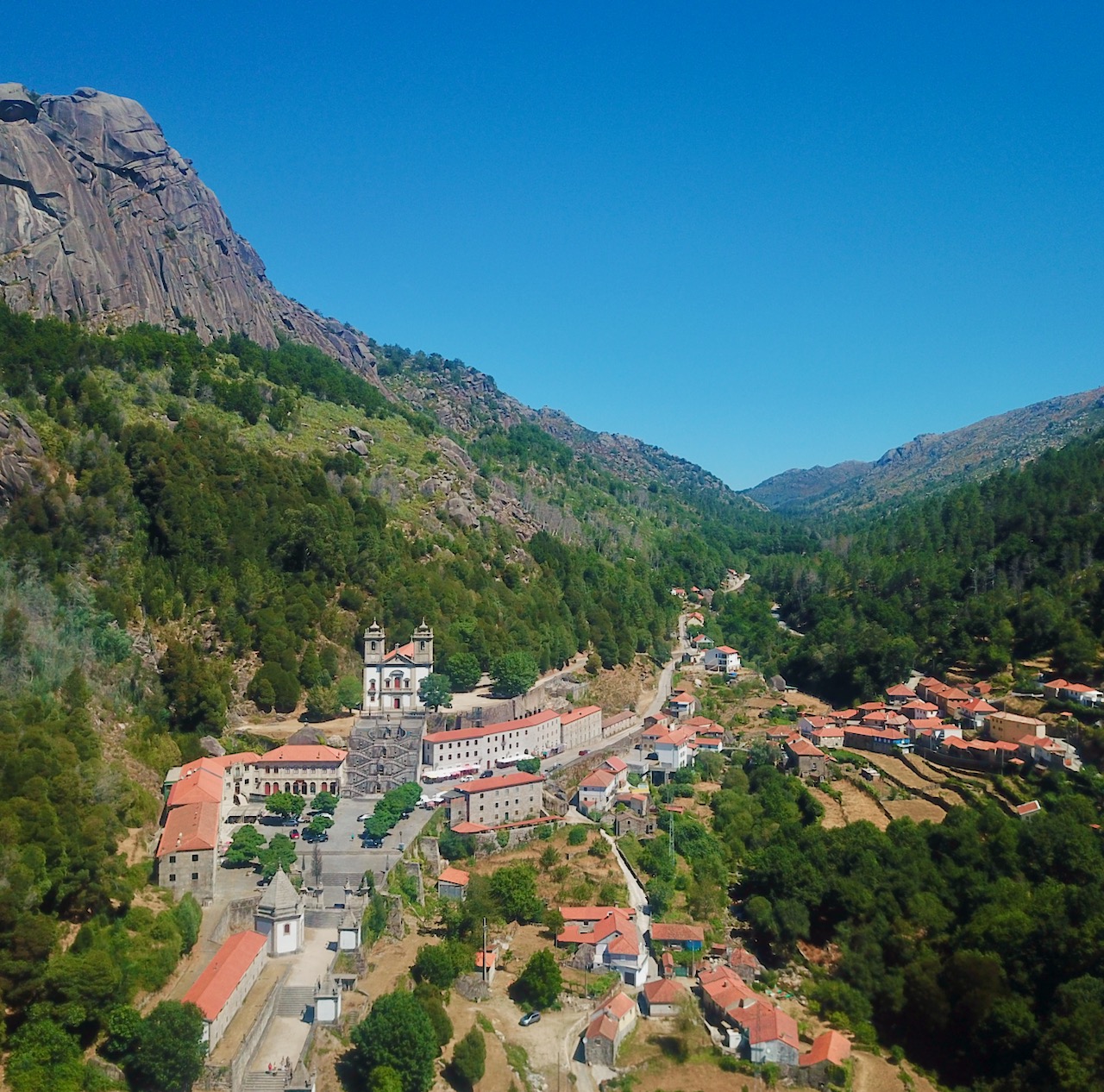
Senhora da Peneda 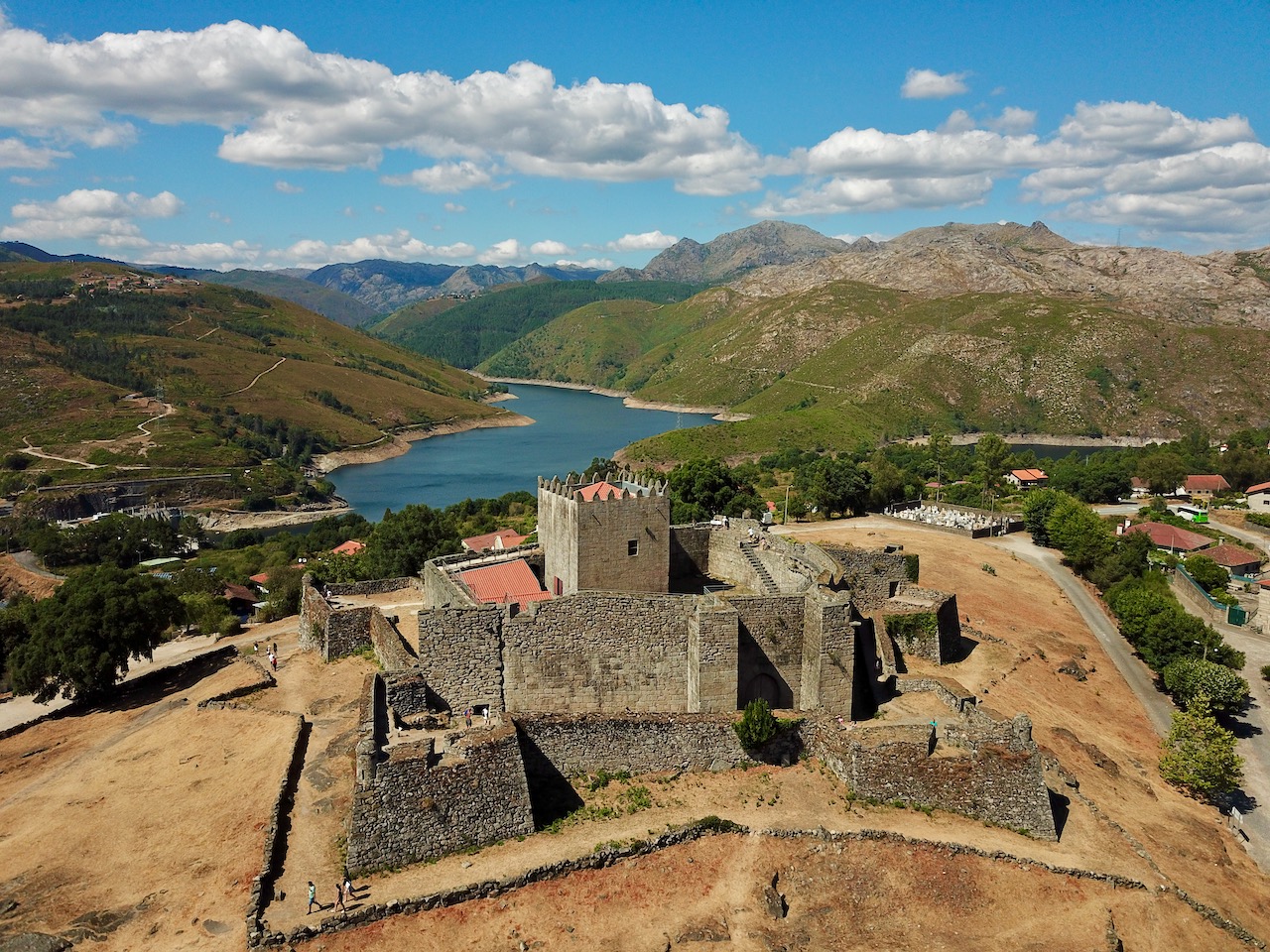
Lindoso 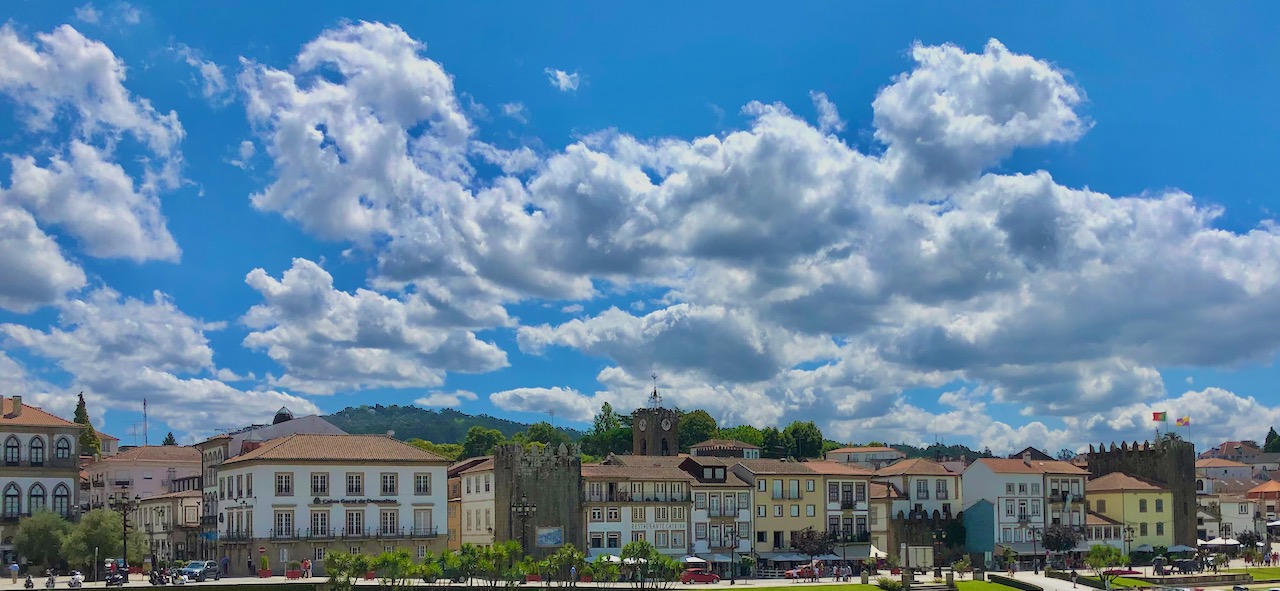
Ponte de Lima 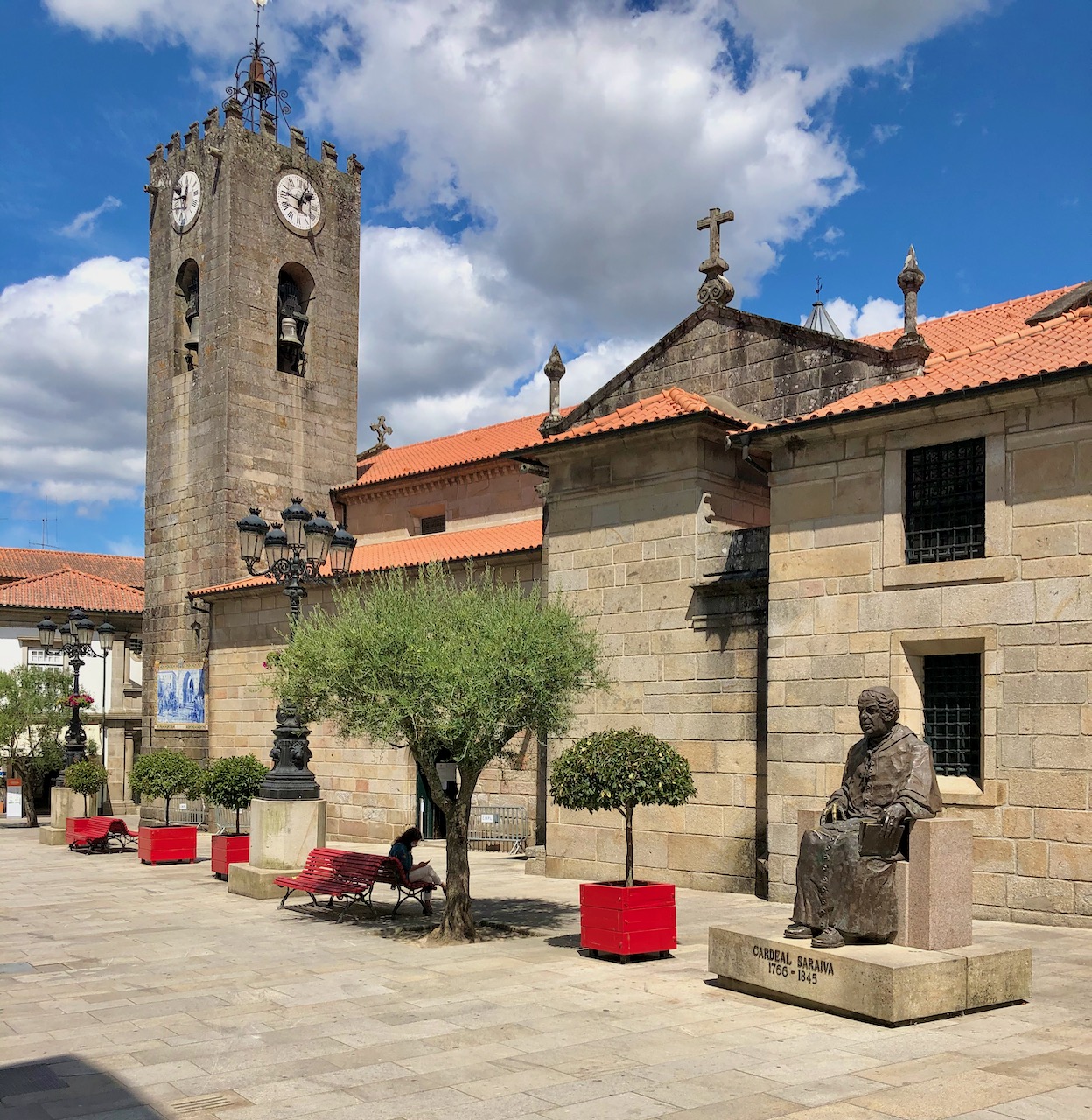
Ponte de Lima 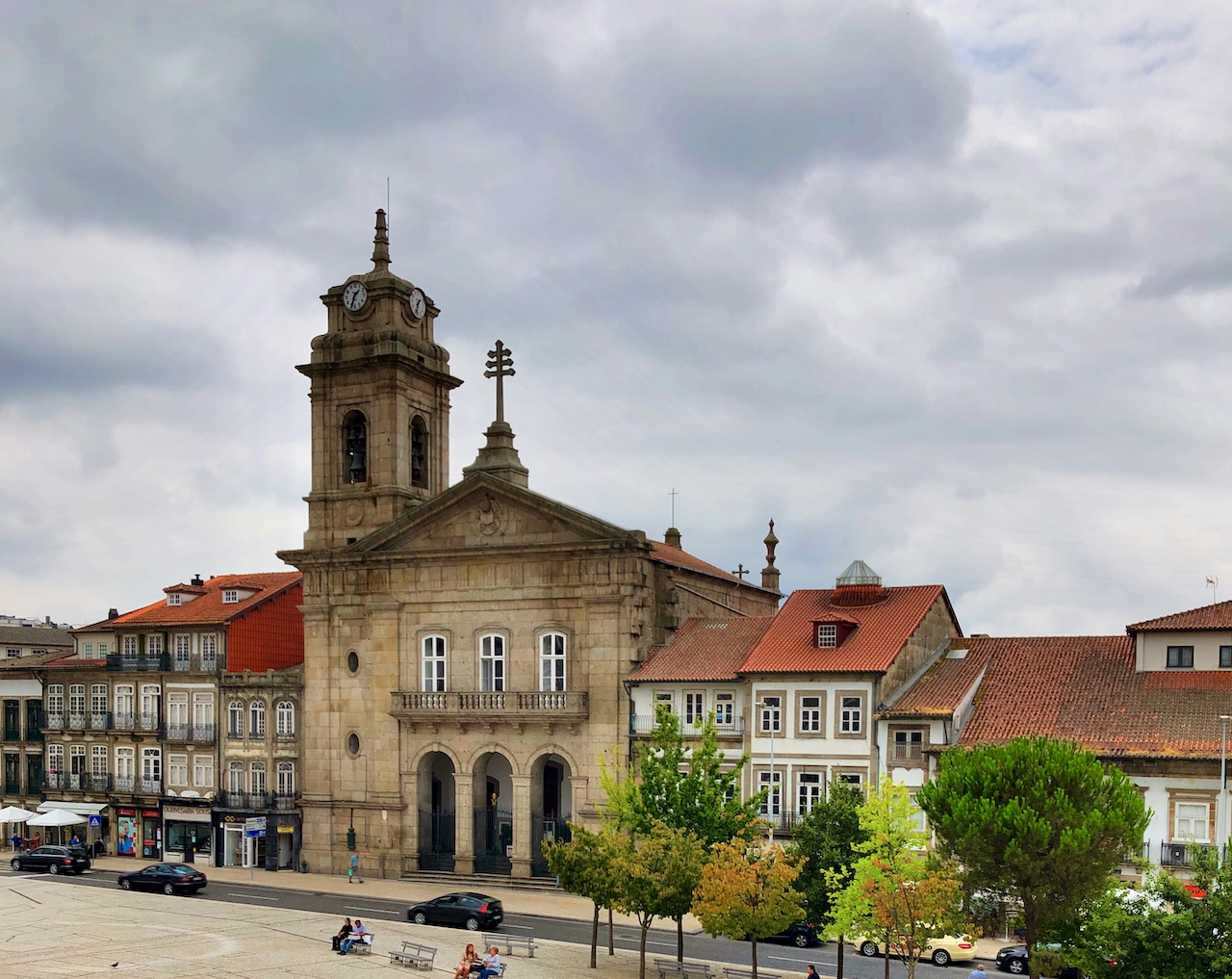
Guimaraes 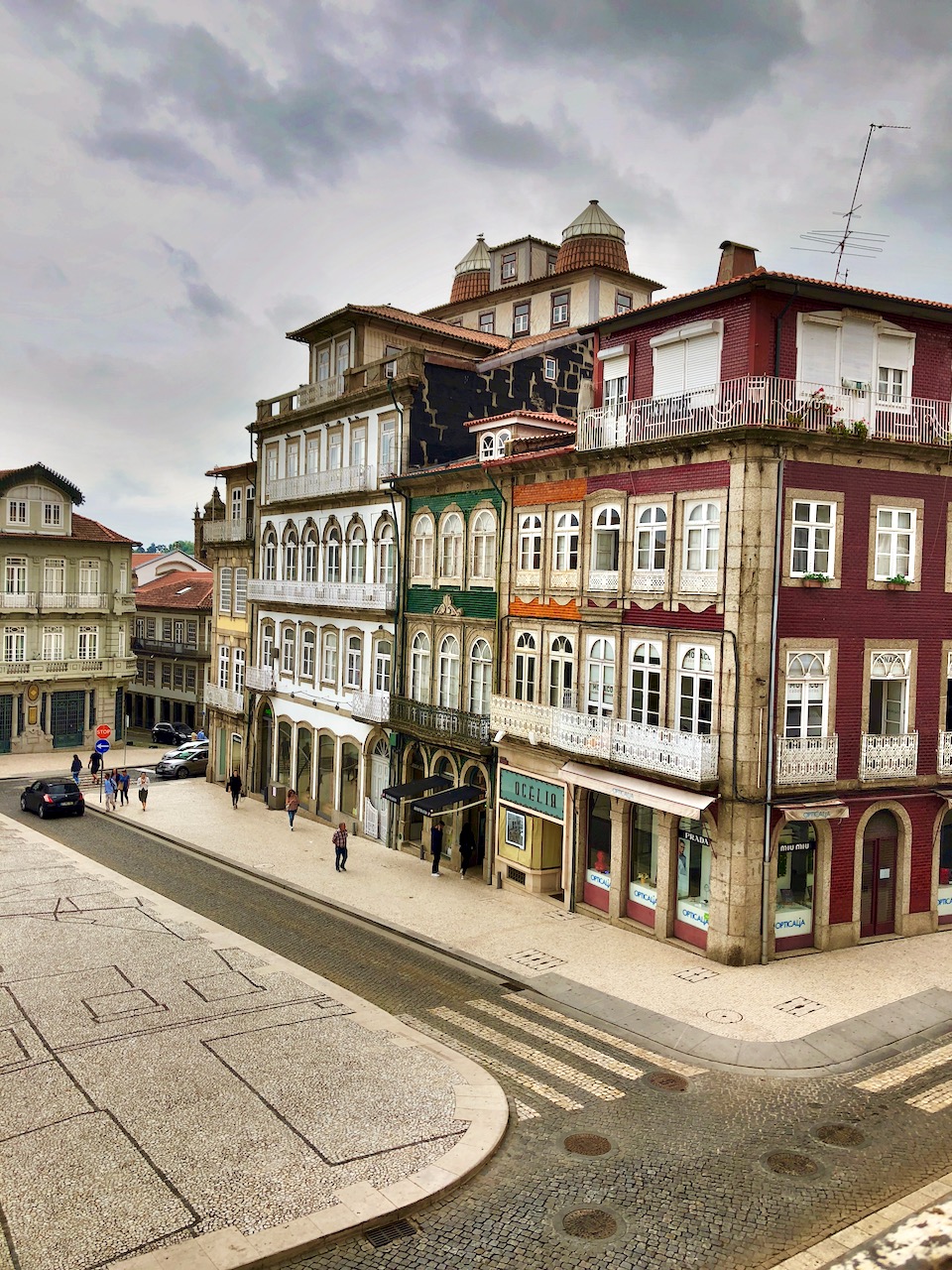
Guimaraes 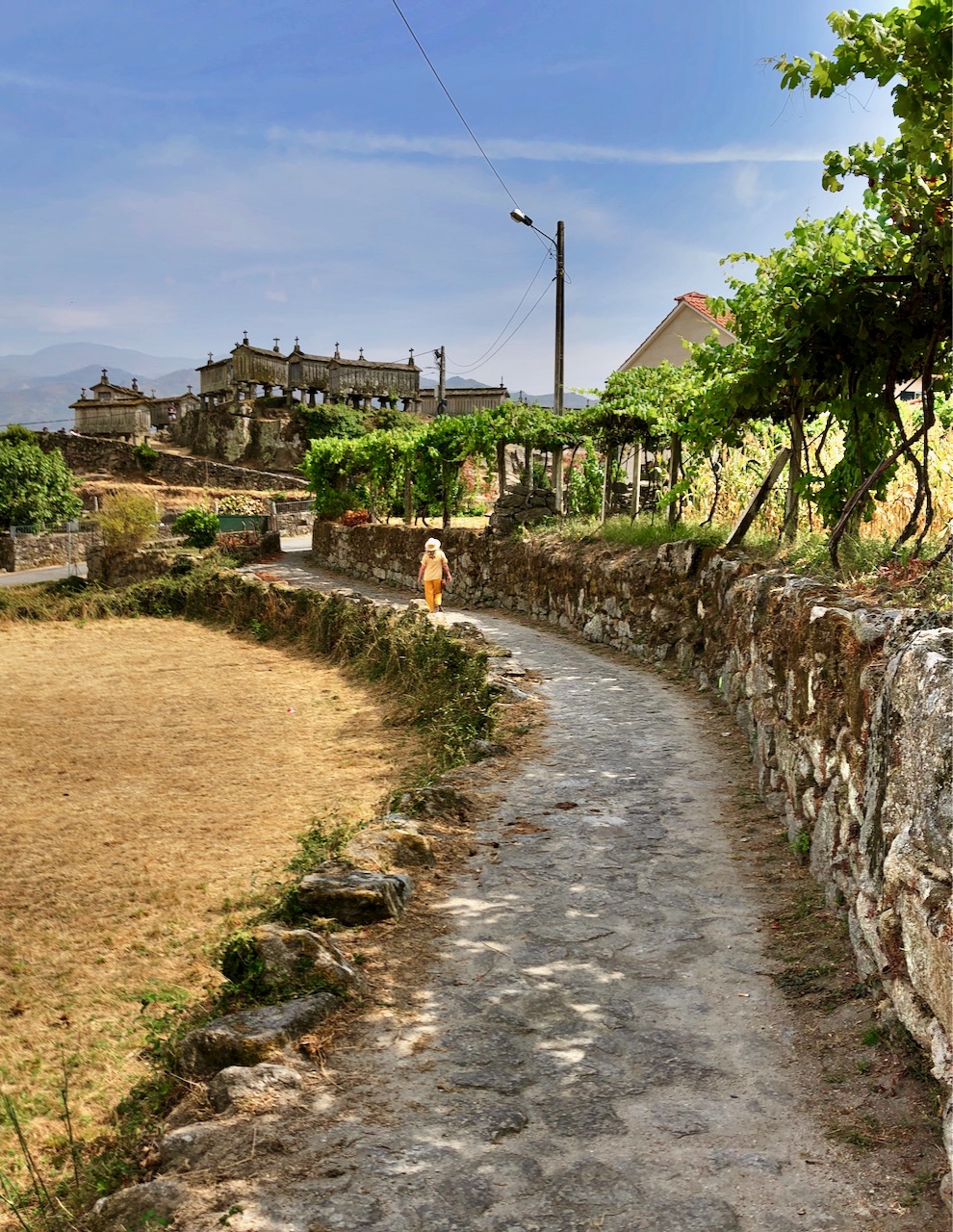
Soajo 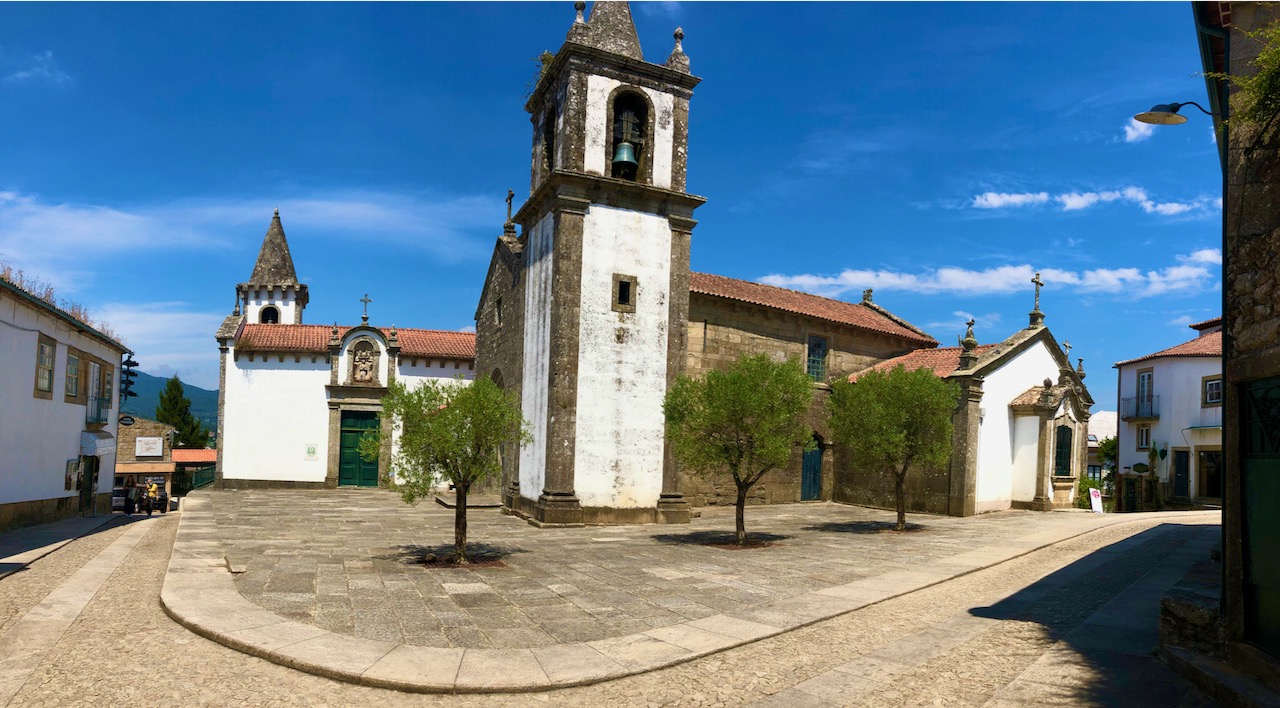
Valenca 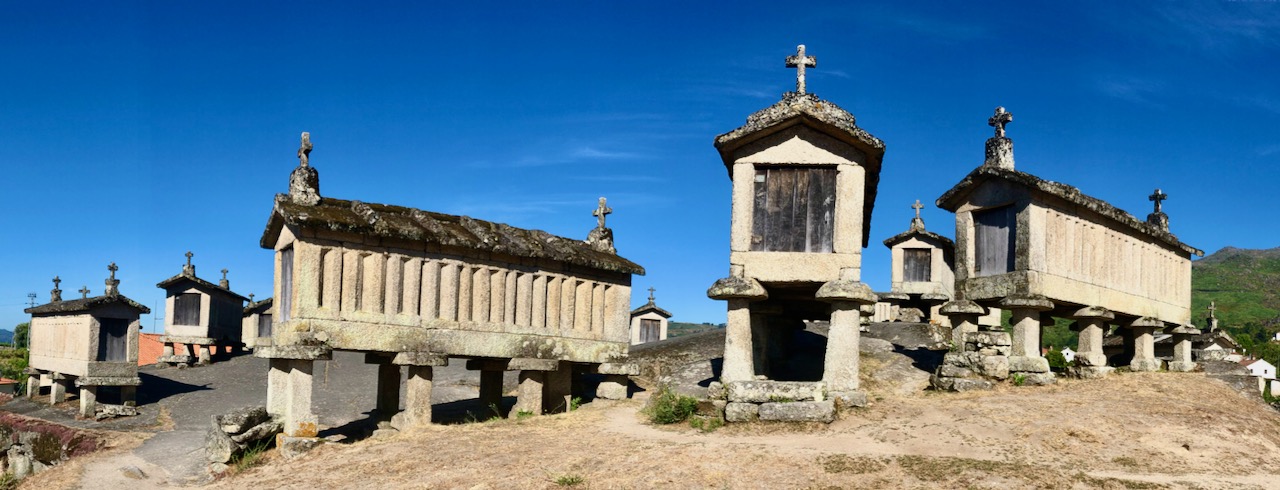
Soajo 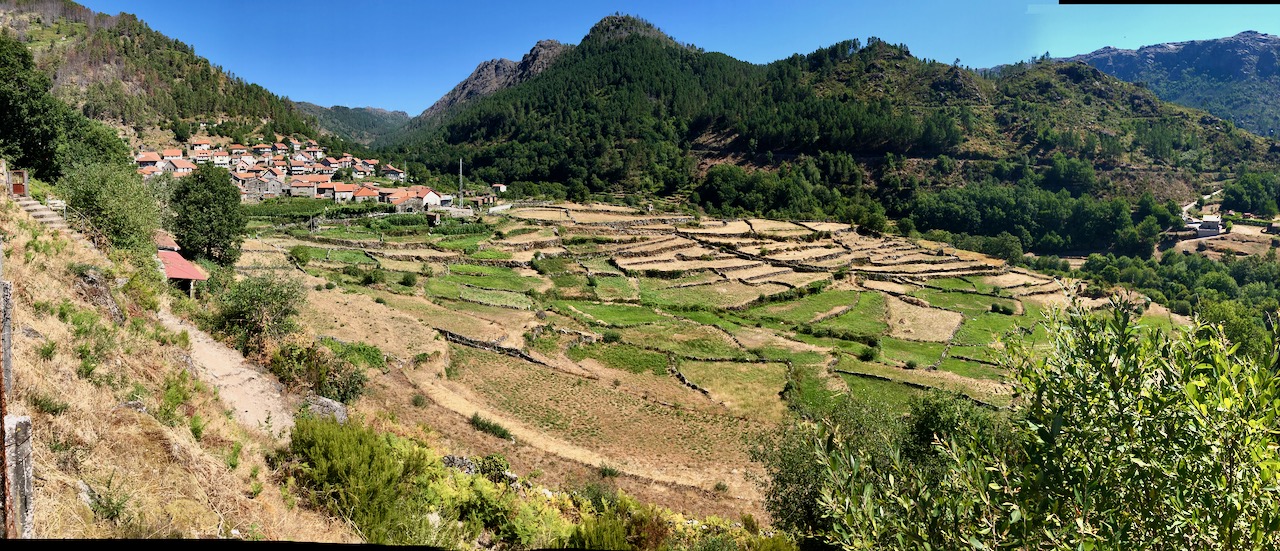
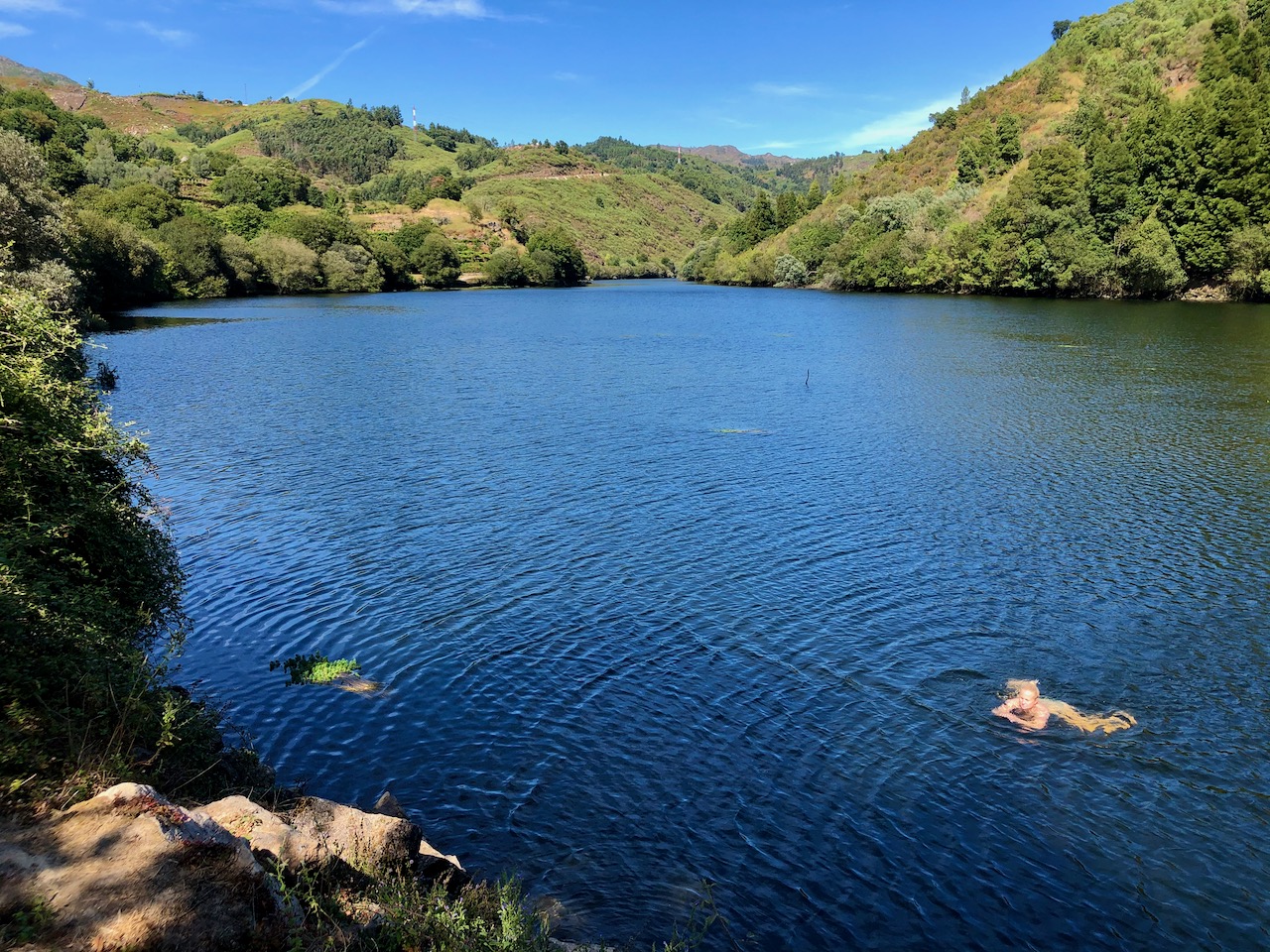
Lima River 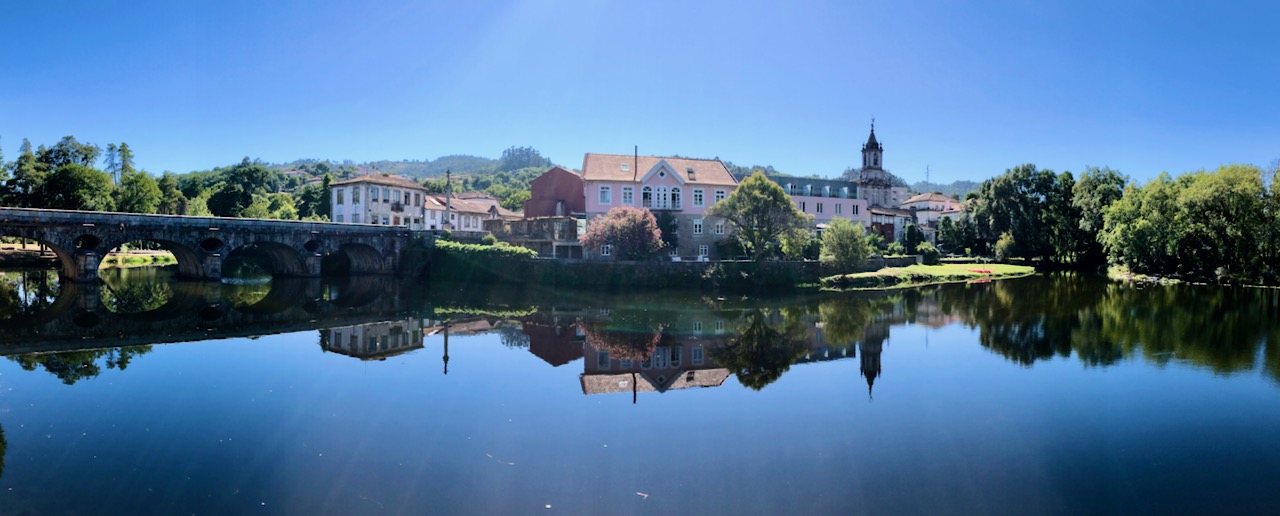
Arcos de Valdevez 
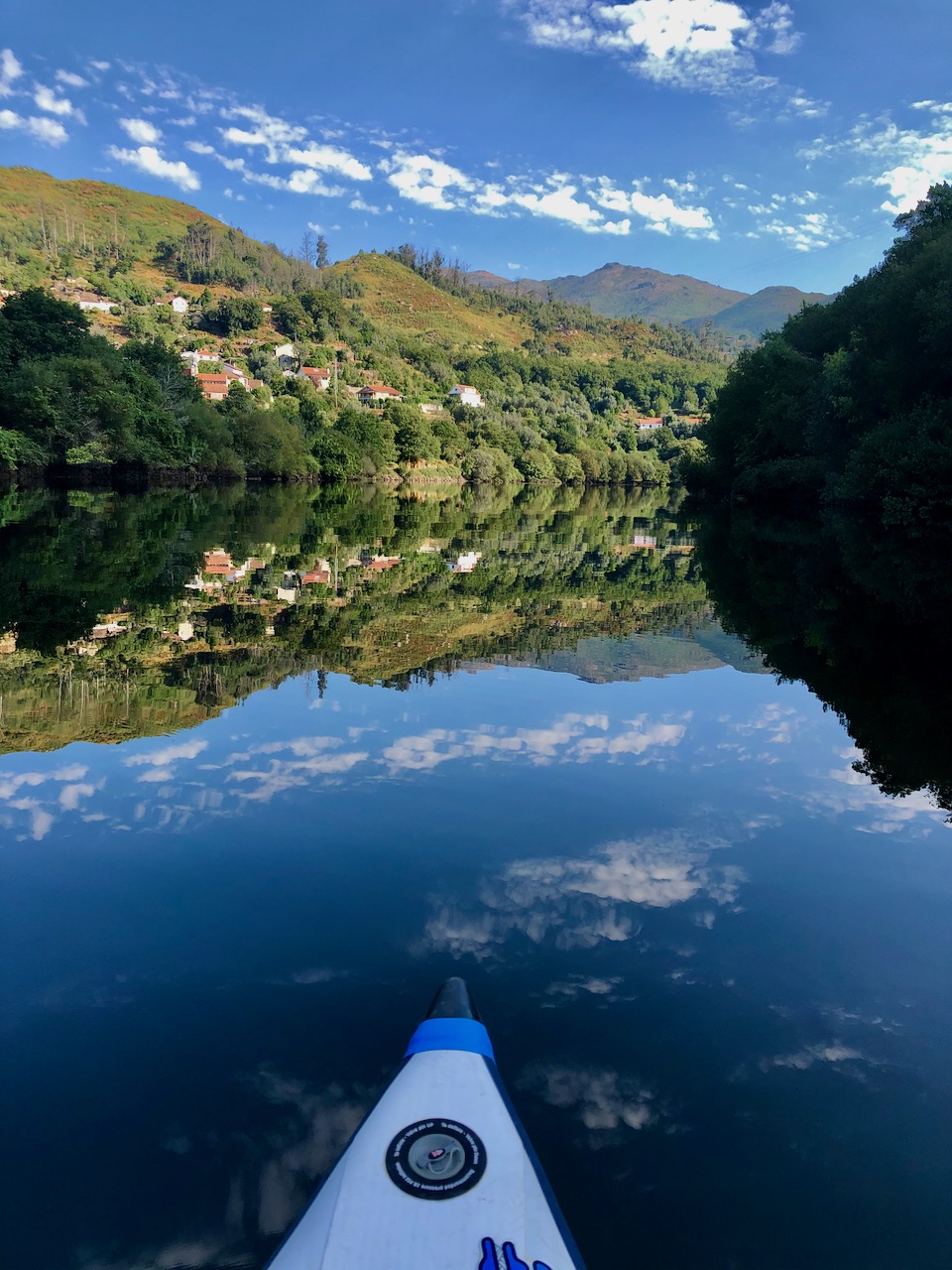
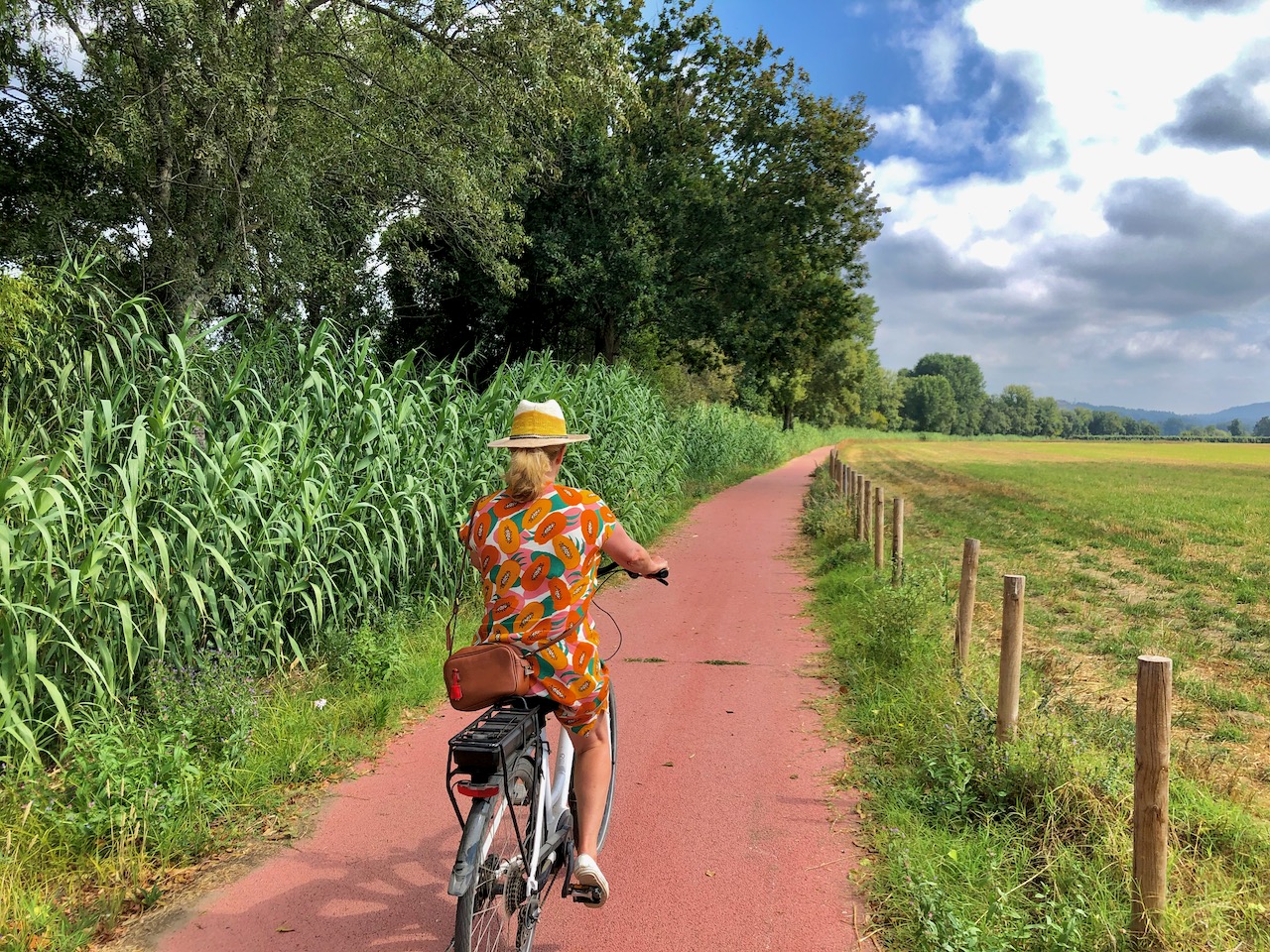
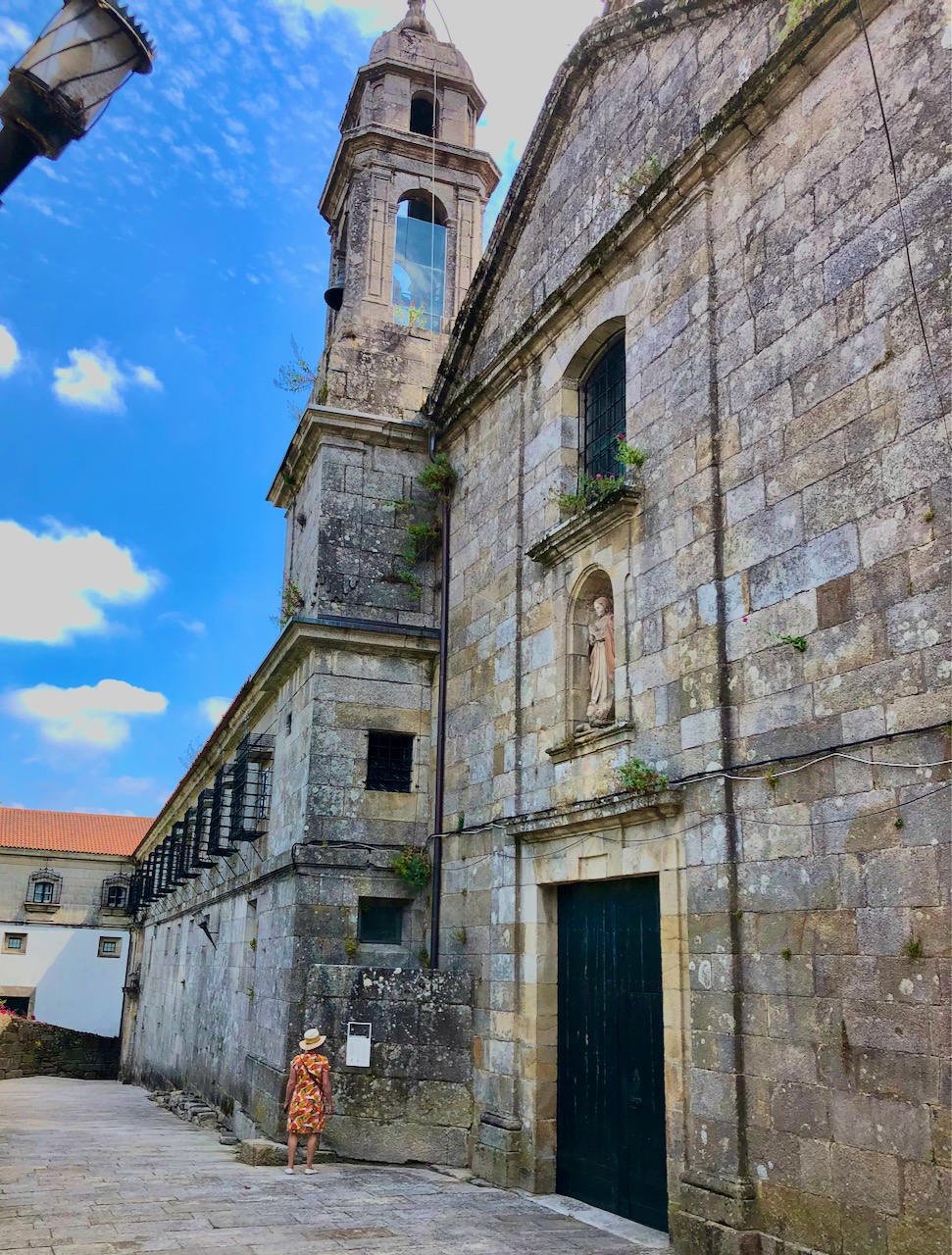
Tui, Spain 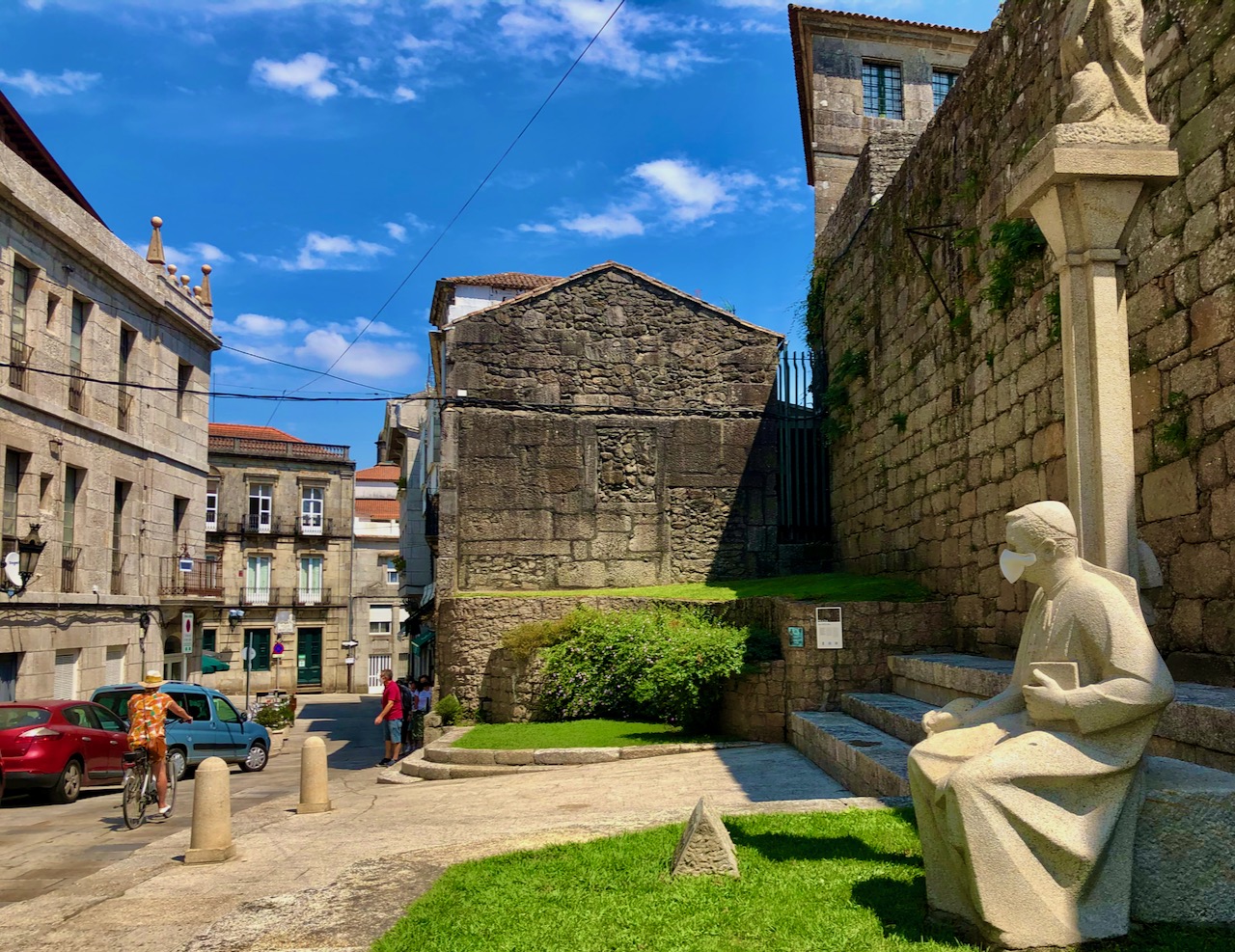
Tui, Spain 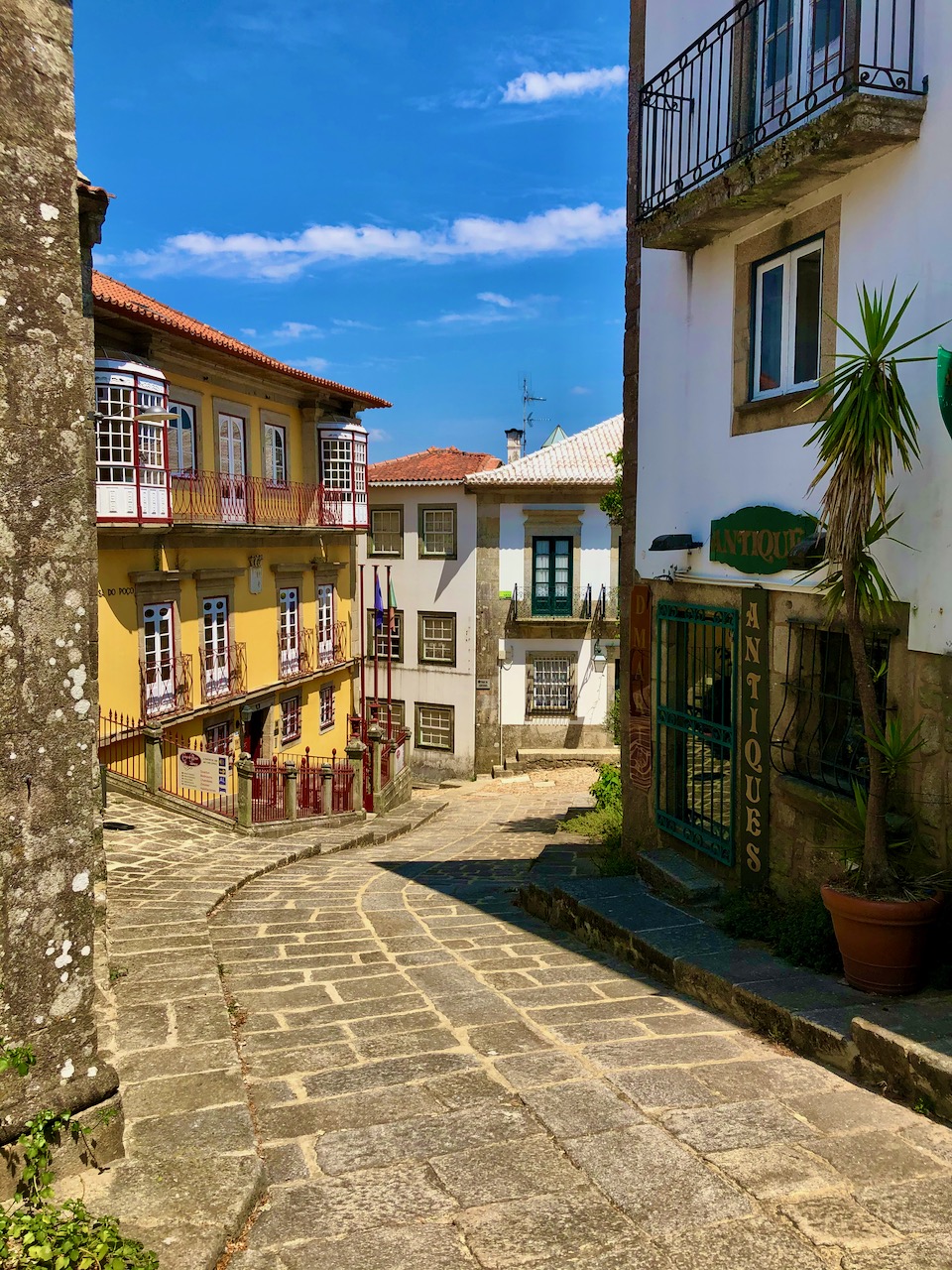
Valenca 
Ermelo 
Ermelo 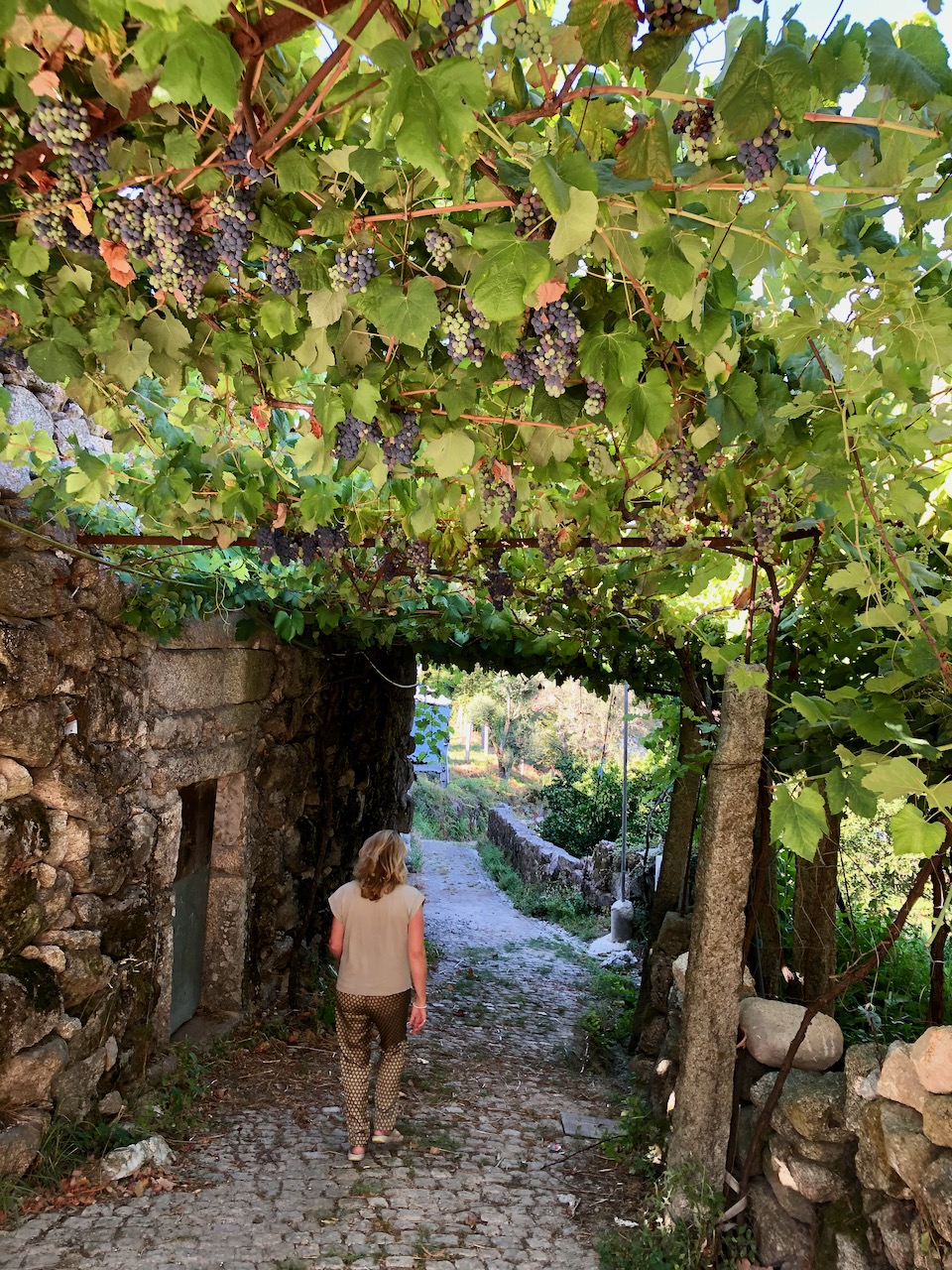
Ermelo 
Ermelo and the Lima River

